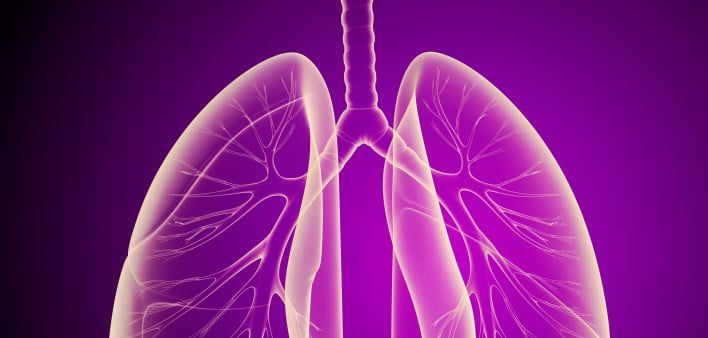Cancer is one of the most feared diseases in the world, and various types of cancer can attack the human body. However, the American Cancer Society claims that lung cancer is the most lethal type of cancer. To put it to perspective, more people die of lung cancer every year than prostate cancer, colon cancer, and breast cancer combined.
Statistics indicate that lung cancer accounts for 25% of all cancer-related deaths and 14% of newly diagnosed cancer cases. The American Cancer Society estimates that there will be 228,820 lung cancer cases reported in 2020, while 112,520 of those cases will be women, and 116,300 will be men.
It also forecasts that there will be 135,720 lung cancer-related deaths during the year, in which 63,220 will be women, and 72,500 will be men. Most of the people that will be diagnosed with the disease are older folks above 65 years old.
Lung cancer symptoms
One of the reasons why lung cancer is one of the most dangerous types of cancer is because symptoms usually start showing up late when the disease has already progressed too much in the lungs. Some of the signs that may indicate lung cancer include:
- Shortness of breath.
- Wheezing
- Tiredness and feeling weak
- Bloody coughs
- Lack of appetite
- Chest pains that become more severe when one takes a deep breath or even when laughing.
Lung cancer may also spread to other body parts as time progresses. In this case, more severe symptoms may appear, such as pain in the bones, jaundice, and seizures. The disease can also affect the nervous system.
Doctors use imaging tests to determine whether a patient has lung cancer. Doctors can use X-Rays to check for unusual lumps that may occur in the lungs. A CT scan is, however, a more effective way of detecting lung cancer. Here are some of the more technical methods used to detect lung cancer:
- MRI scans are used to detect whether lung cancer has spread to the spinal cord or the brain.
- Low-dose CT uses low levels of radiation, and this method is ideal for early detection. It also provides higher resolution images, allowing doctors to make a proper diagnosis. Early detection helps to lower the mortality rate by around 20%, which means that this test can make a difference for many people.
- Bronchoscopy- This is a type of test where an imaging tube is inserted into the bronchioles through the trachea. This approach is particularly ideal in detecting large areas that have been affected and also to detect blockages.
- PET scan- This method involves injecting radioactive sugar into the blood. Cancer cells are usually larger, and so they absorb more of the radioactive sugars, thus making them more pronounced.
- Doctors may also conduct a bone scan to determine whether lung cancer has spread to the bones or not.
Lung cancer treatment
There is no cure for any form of cancer, but modern medicine makes it possible to prevent the spread of cancer and, in some cases, lead to remission and allow the patient to live longer. There are different types of cancer treatments.
- Chemotherapy- This is the use of intravenous drugs to treat cancer patients. This approach is common because it usually helps to shrink tumors.
- Radiation therapy- It involves the use of radiation to target cancerous cells. This is also another way of shrinking tumors and cancer cells. It is commonly used alongside other treatment options such as chemotherapy to increase the success rate.
- Surgery is also used especially in cases where the tumor can be easily isolated.
- Immunotherapy is used to boost a patient’s immune system, allowing the body to combat cancer more effectively.
There is a higher chance of surviving lung cancer if it is detected early, and treatment is administered as early as possible.


